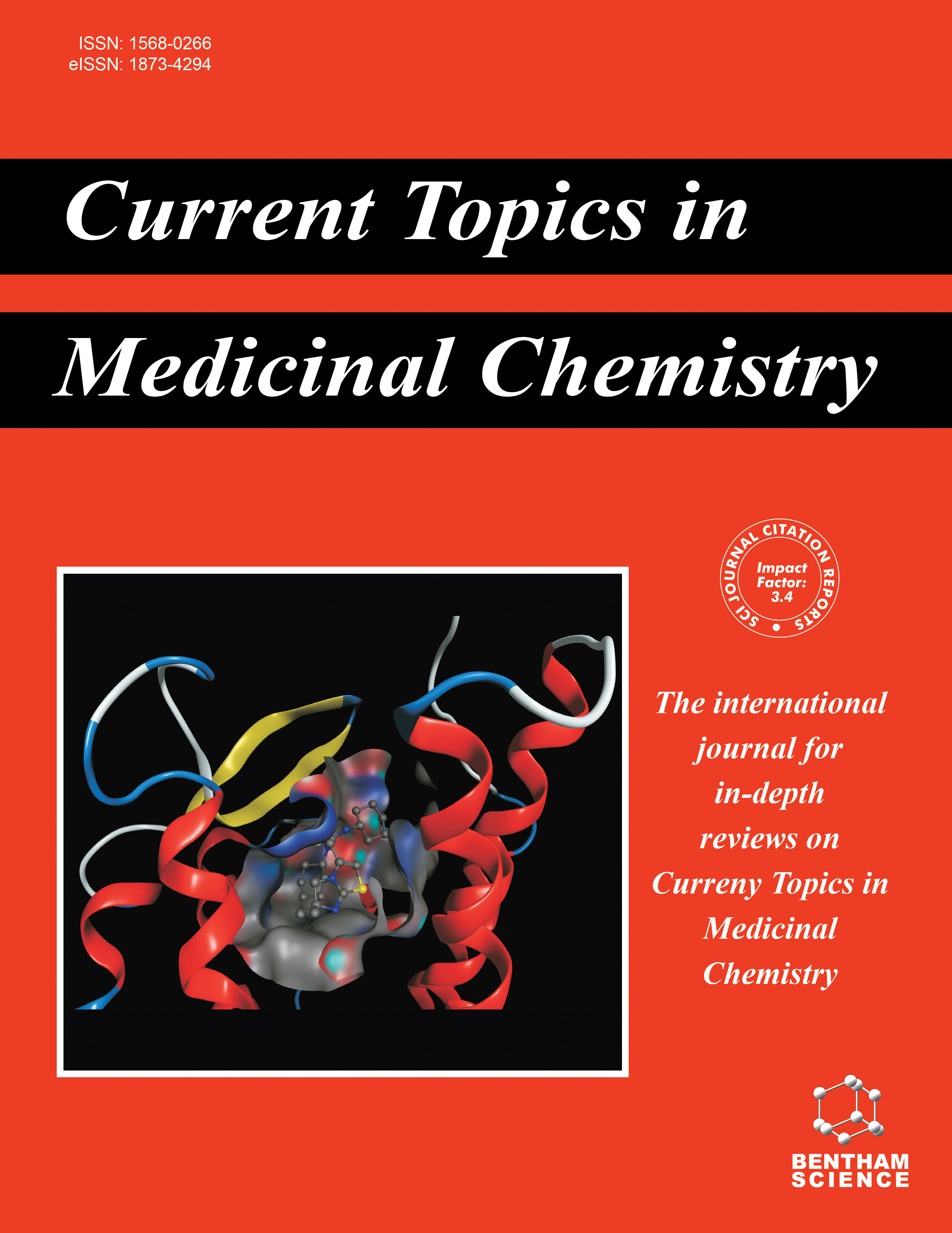
Full text loading...
Silene conoidea, a member of the Caryophyllaceae family, is a rare edible weed in Iran. It possesses various medicinal properties, including insecticidal, antimicrobial, antibacterial, and allelopathic effects.
This study represents the investigation into the phytochemical contents, compounds, and biological activities of six different fractions (petroleum ether, chloroform, dichloromethane, ethyl acetate, methanol, and water) obtained from the leaves and stems of this species, with the aim of developing new natural drugs.
The methanol fractions of both the leaves and stems exhibited the highest levels of total phenolic and flavonoid contents and demonstrated strong antioxidant activity in the DPPH free radical scavenging method, with IC50 values of 5.1± 1.34 and 9.67 ± 0.02 µg/mL, respectively, surpassing the activity of BHT. Additionally, the chloroform and methanol fractions showed moderate antimicrobial activity against bacterial strains, with MIC values ranging from 0.0625 to 0.5 mg/ml when compared to gentamicin. The more active fractions (chloroform and methanol) were further analyzed to identify bioactive compounds. GC-MS analysis detected forty and forty-five compounds, representing 97.97% and 99.22% of the total composition, in the chloroform fractions of the leaves and stems, respectively. The main constituents of the leaves were fatty acid derivatives (54.66%) and terpene derivatives (21.94%), whereas the stems contained terpene derivatives (40.46%) and hydrocarbon derivatives (31.41%). LC-ESI-MS analysis of the methanol fractions revealed the presence of common groups, including flavonoids, steroids, and triterpenoid saponins. Several bioactive compounds have been identified, including rutin, kaempferol-neohesperidoside derivative, diosmin, sileneoside, hesperidin, luteolin-di-O-glucoside, orientin-O-glucoside, vitexin-O-rhamnoside, and swertisin-O-glucoside. Heatmap analysis was conducted to visualize the differences in metabolite profiles among the samples.
The analyzed fractions contained compounds with potential pharmacological activities.

Article metrics loading...

Full text loading...
References


Data & Media loading...
Supplements

